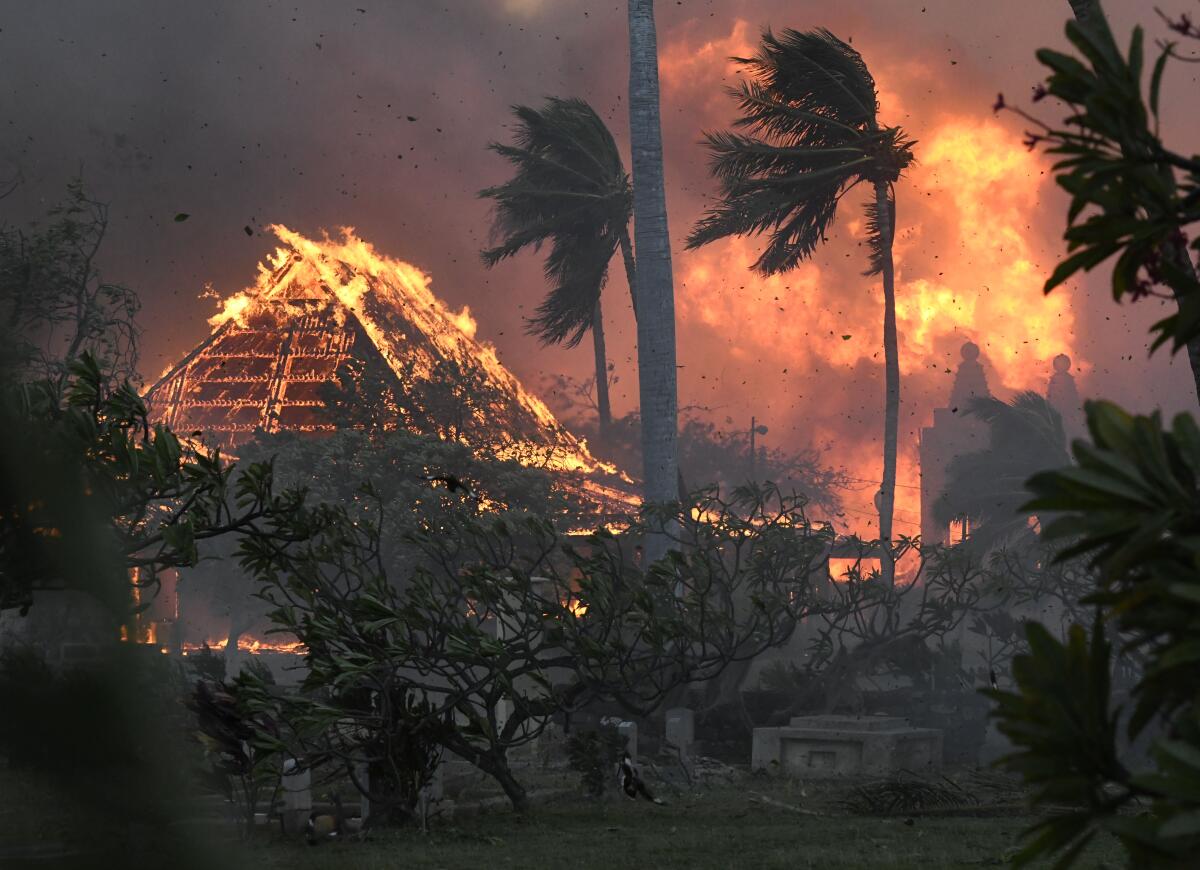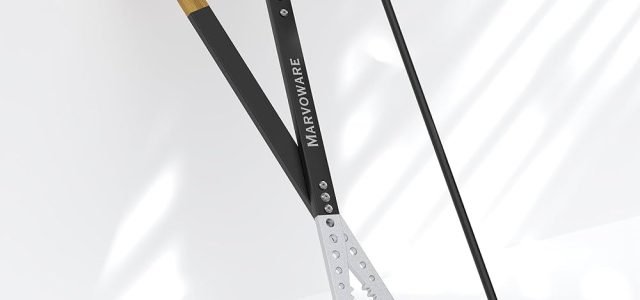Many homeowners are concerned about the safety of blown-in insulation and wonder if it is flammable.
The short answer is no, blown-in insulation is not flammable. Blown-in insulation is typically made from materials that are fire-resistant, such as cellulose or fiberglass.

Credit: www.amazon.com
Understanding the Different Types of Blown-in Insulation
Blown-in insulation comes in different types, but most commonly used are cellulose and fiberglass insulation.
| Type of Insulation | Material | Fire Resistance |
|---|---|---|
| Cellulose Insulation | Treated recycled paper or cardboard | Fire-resistant, treated with fire-retardant chemicals |
| Fiberglass Insulation | Glass fibers | Fire-resistant, with a high melting point |
Cellulose Insulation
Cellulose insulation is made from recycled paper or cardboard that is treated with fire-retardant chemicals. These chemicals make the insulation resistant to fires and inhibit the spread of flames.
The fire resistance of cellulose insulation comes from the chemical treatment, which also makes it resistant to pests such as termites and rodents. This type of insulation is eco-friendly and helps reduce the carbon footprint of homes.
Fiberglass Insulation
Fiberglass insulation is made from glass fibers that are woven together. These glass fibers have a high melting point, making them resistant to fire and heat. This type of insulation is commonly used in attics, walls, and floors.
Fiberglass insulation is also known for its energy efficiency, as it helps to keep homes cool in the summer and warm in the winter. It is a popular choice due to its durability and ease of installation.
Additional Safety Measures
While blown-in insulation itself is not flammable, it is important to note that other elements in your home can be combustible. Electrical wiring, outlets, and appliances can pose a fire hazard if not properly installed or maintained.
To ensure the safety of your home, it is important to follow these additional safety measures:
- Have a professional install your blown-in insulation to ensure it is properly installed and meets safety standards.
- Keep insulation away from heat sources such as recessed lighting fixtures or chimneys.
- Ensure proper ventilation in your attic and crawl spaces to prevent the buildup of heat and moisture.
- Regularly inspect electrical wiring and outlets for any signs of wear or damage.
- Keep flammable materials away from insulation, such as stored boxes or flammable liquids.
By following these safety measures, you can reduce the risk of fire hazards in your home and enjoy the benefits of blown-in insulation.

Credit: www.latimes.com
Frequently Asked Questions On Is Blown In Insulation Flammable? Discover The Truth Now!
Is Blown-in Insulation Flammable?
Blown-in insulation itself is not flammable as it is typically made from non-combustible materials such as fiberglass or cellulose. However, it’s important to note that if exposed to an open flame or ignition source, it can catch fire. It is always recommended to follow safety guidelines and keep any potential heat sources away from insulation materials.
How Does Blown-in Insulation Prevent Fires?
Blown-in insulation, such as fiberglass or cellulose, has fire-retardant properties that help prevent fires. It slows down the spread of flames and reduces the risk of fire spreading throughout the building. This insulation type can effectively provide a barrier against fire, giving occupants valuable additional time to evacuate in case of an emergency.
Can Blown-in Insulation Cause A Fire Hazard?
Blown-in insulation, when installed and maintained correctly, does not pose a fire hazard. However, if it is exposed to hot surfaces or improperly installed near heat sources, it can potentially become a fire hazard. It’s crucial to follow installation guidelines and ensure proper ventilation to minimize any fire risks.
What Precautions Should Be Taken With Blown-in Insulation?
To minimize fire risks associated with blown-in insulation, ensure that it is installed correctly and keep it away from heat sources like chimneys, recessed lights, or heaters. It’s also important to maintain proper ventilation to prevent any heat buildup that could potentially ignite the insulation materials.
Regular inspections of the installation can go a long way in ensuring its effectiveness and safety.
Conclusion
In conclusion, blown-in insulation is not flammable. Both cellulose and fiberglass insulation types are fire-resistant and can contribute to the overall safety and energy efficiency of your home.
However, it is important to prioritize safety by ensuring proper installation, maintaining electrical components, and following general safety guidelines.
By choosing the right type of insulation and taking necessary precautions, you can enjoy a comfortable, safe, and energy-efficient home.
Remember, regular maintenance and monitoring are essential to ensure the safety of your home.

